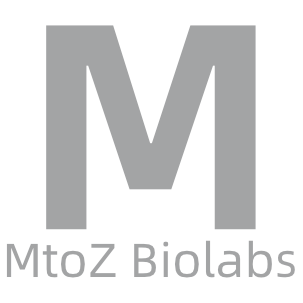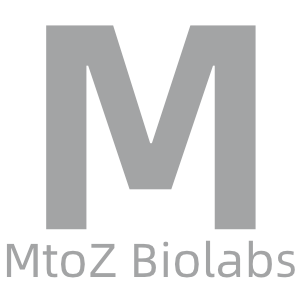N-Terminal Sequencing: Methods and Applications
N-terminal sequencing is a technique used to determine the N-terminal (amino terminal) amino acid sequence of a protein or peptide. This technique is useful in the fields of biochemistry and molecular biology, especially when researchers want to confirm the starting position of a protein or determine whether a particular protein has undergone a specific modification.Common N-terminal sequencing methods are listed as follows.
Edman Degradation
Edman degradation is a very mature and classic method for protein and peptide N-terminal sequencing, which is widely used in the field of biotechnology. The principle of Edman degradation sequencing mainly refers to the identification of amino acid types from the N-terminal of the protein through cyclic reactions, so as to determine the N-terminal sequence of the protein. Phenylisothiocyanate (PITC) reacts with the N-terminal amino of the peptide to be analyzed under alkaline conditions to form a phenylamine thioamide derivative, and then the coupling product is treated with acid. The N-terminus of the peptide chain is selectively cleaved, releasing the phenylalanine thiazoline derivative of the amino acid residue. The extracted amino acid derivative is converted into a stable ethylacetamide sulfamide amino acid (PTH-amino acid) under strongly acidic conditions, and the type of degraded PTH-amino acid can be analyzed using HPLC or electrophoresis to obtain protein or peptide N-terminal sequence information.
Mass Spectrometry
The protein N-terminal sequence sequencing technology based on mass spectrometry can simultaneously determine the protein N-terminal sequence at one time, especially electrospray ionization (ESI) and matrix-assisted laser desorption/ionization time of flight (MALDI-TOF), mass spectrometry has undergone revolutionary leaps in the application of protein structure analysis. High-sensitivity, high-precision, high-resolution, and high-throughput biological mass spectrometry techniques provide important choices for protein N-terminal sequencing. The N-terminal sequencing technology based on mass spectrometry can achieve sequence determination of N-terminal closure and polyethylene glycolized proteins, which is complementary to Edman sequencing. This analysis can be used to confirm and identify the high-level structural integrity of recombinant protein drugs and the modification sites of the N-terminal sequence of recombinant proteins. For this, N-terminal sequencing can lay the foundation for the sequence comparison and modification of the original antibody.
Chemical Labeling Combined with Mass Spectrometry Analysis
Many research methods of N-terminal peptides adopt mass spectrometry technology combined with various chemical methods and biological enzyme methods. For example, proteins are closed by the reduction, alkylation, and guanidination of side chain amines. The free N-terminus is labeled with different biotin reagents. After the labeled proteins are digested with trypsin, the labeled N-terminal peptides are separated by a streptavidin affinity system, and then de novo sequenced by MALDI-TOF/MALDI-TOF-PSD MS, to obtain the sequence of N-terminal peptides.
Applications of N-terminal Sequencing
1. Determine the starting position of a protein or peptide.
2. Verify the accuracy of gene expression and translation.
3. Detect specific protein modifications, such as acetylation.
4. Compare the isomers of proteins in different biological samples.
How to order?







